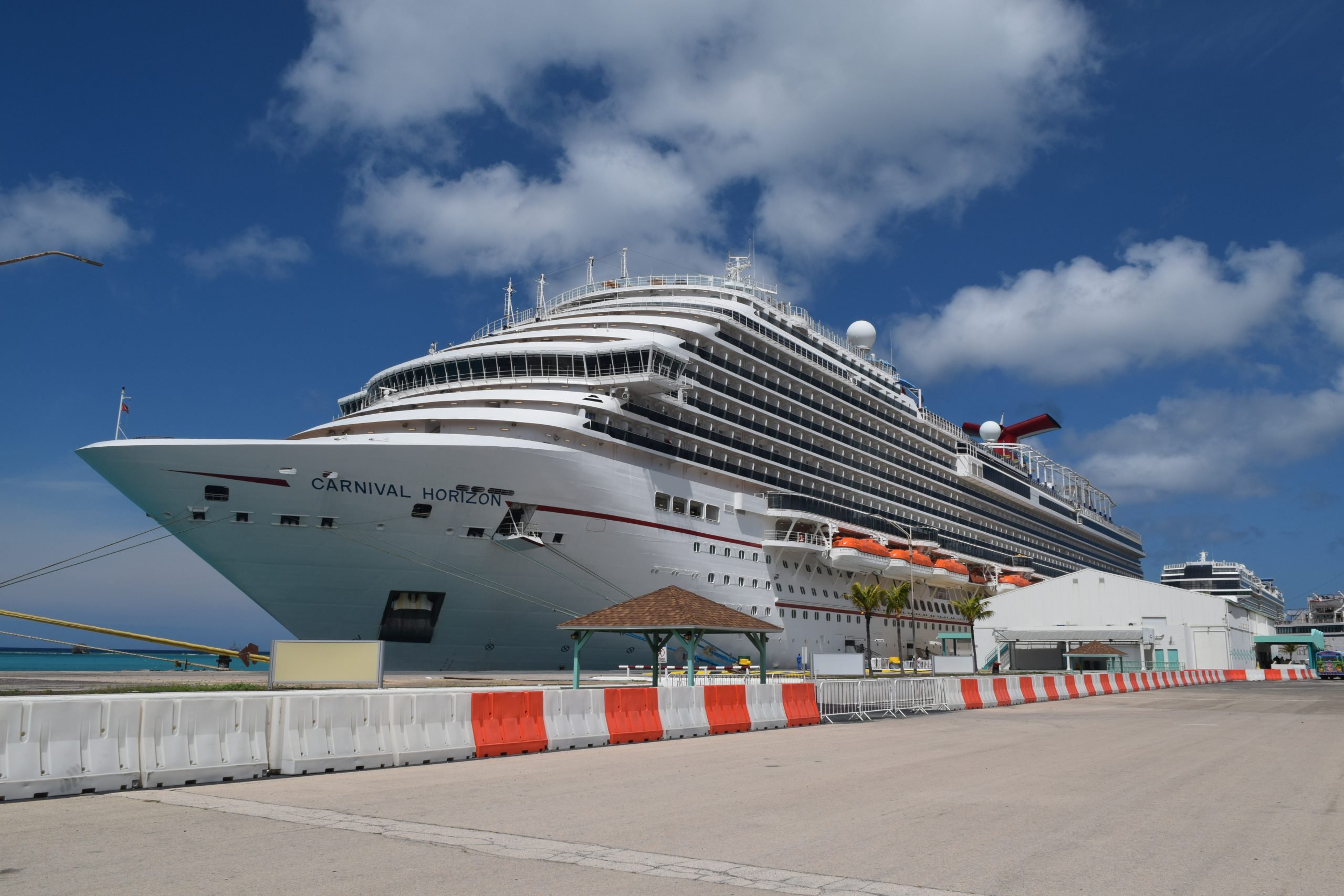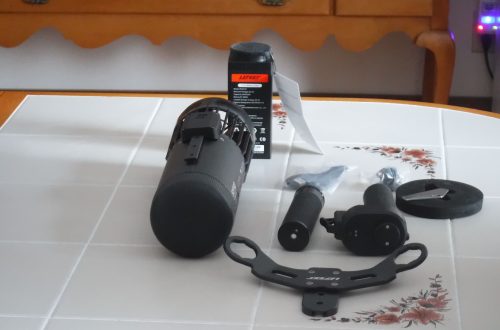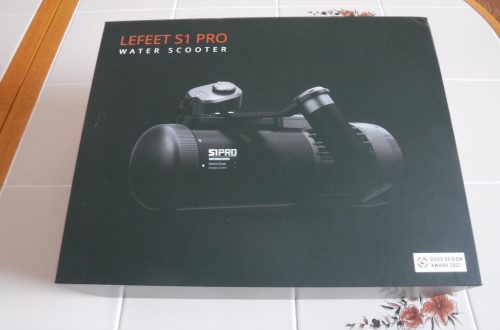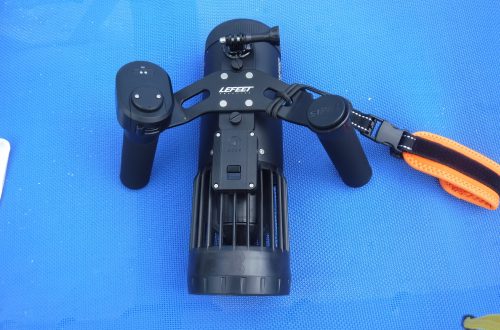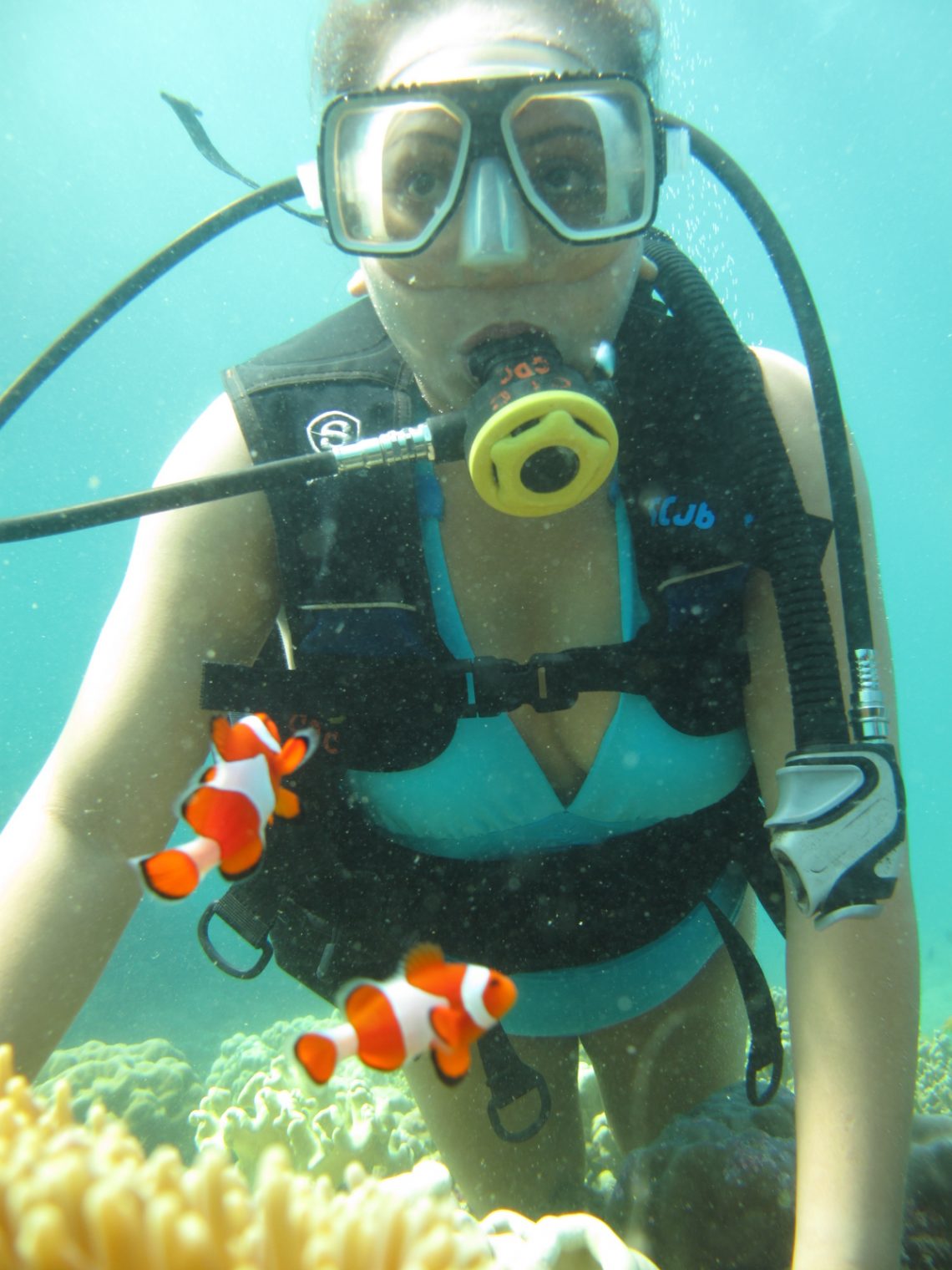
Learn How To Scuba Dive
You Want To Learn How To Scuba Dive
Scuba diving is one of the few leisure activities that you must be formally trained to do. To learn how To scuba dive is not that difficult but it does require mandatory training. Getting started is fairly easy, but you may have many questions before you feel you are ready.
Most scuba divers when they learn how to scuba dive start as autonomous divers. An international standard that allows divers to dive with a dive buddy without supervision. There are hundreds of training agencies around the world using this standard. A common name for this is Open Water Diver.
 These titles, the different training agencies, and other requirements may be difficult to understand without some guidance. I am going to give you a head start in understanding this information, highlighting some frequently confusing questions.
These titles, the different training agencies, and other requirements may be difficult to understand without some guidance. I am going to give you a head start in understanding this information, highlighting some frequently confusing questions.
Do I Need To Be Able To Swim to Learn How To Scuba Dive?
Yes. You need to be able to swim to learn how to scuba dive. However, you need not be a member of your school’s swim team to meet the requirements. When I first wanted to become a scuba diver, many decades ago, the swimming requirements were very strong. I was nowhere near able to meet the standards in place at the time. To be honest about it, I never progress very far in Boy Scouts because I could not swim well enough for the next grade. But times change.
A swimming test is one of the training standards for the international standard ISO 24801-2 autonomous diver. I still consider myself a poor swimmer, however, I am able to meet the training standard. There are two parts of the standard, a distance portion, and a floating portion.
The distance portion has two options. You can Swim 200 meters/yards using any style of swimming you wish. If you are able to do an elementary backstroke, that is all you will need. There is no time limit, you just can not touch the side or bottom of the pool. The other distance option is with a mask, fins, and a snorkel. Again there is no time limit, however, the distance is increased to 300 meters/yards.
The second part of the swim test is to float or tread water for 10 minutes. This is done in water too deep to stand up in. You can use any method you wish as long as you do not touch the sides of the pool.
For more information read this article. Can Non-swimmers Learn To Scuba Dive
If you have a disability that prevents you from meeting the requirements, there are agencies and programs that still can help.
Which Training Agency Is Best
This is like asking which car manufacturer is best. Everyone will have their own favorite. There are over a hundred training agencies around the world. Most of these are regional and many are government-based. The top 7 scuba diving organizations are:
- PADI. The Professional Association of Diving Instructors is the largest training organization in the world. This organization is based on the instructor who may be independent or working in a dive center. It is estimated that 70% of new divers are trained by PADI instructors.
- SSI. Scuba Schools International is also a worldwide organization found in 110 different countries. It is generally considered the second largest. Unlike PADI, training is centered-based. A training center includes training and sales. An SSI instructor works for a training center.
- CMAS. Confédération Mondiale des Activités Subaquatiques is commonly found more in Europe, however, it is in over 130 countries and works at the national level to develop training programs and standards. CMAS is a club centered program.
- BSAC. British Sub-Aqua Club is one of the oldest training agencies being founded in 1953. This is a club-based organization. Unlike other agencies, instructors are volunteers and are not paid for their part in training new divers. Given the nature of diving in the U.K. There is more focus on rough conditions and rescue diving. The BSAC has over 1,000 clubs in the U.K. and over 400 outside of the U.K.
- RAID. Rebreather Association of International Divers is a relatively new agency to the recreational diving ranks. It started as a technical association. It has earned an outstanding reputation in a short time frame.
- SDI Scuba Diving International is associated with TDI (Technical Diving International) and you will often see them listed together. SDI was formed in 1998 to provide recreational training.
- NAUI. The National Association of Underwater Instructors is among the oldest agencies dating back to 1958. They are also known to have training standards well beyond international standards. Many of their training programs are associated with academic and scientific organizations.
What Agency?
Which of the seven listed above is best? The real key is the instructor. I am sure when you were in school, there were teachers you liked and those you disliked. As well as those you learned from and those you did not. Scuba diving instructors are the same. Some are better than others, be it their style, passion, or teaching ability. Let’s be honest, there are instructors out there more interested in how much they can make than passing on their passions. On the other hand, there are instructors who enjoy introducing more people to diving.
Place the instructor ahead of the above agencies when looking for someone to train you.
The Steps to Learn How To Scuba Dive
While different agencies use different titles for their autonomous diver level, I will refer to the most common title “Open Water Diver”(OWD) when referring to this level. The international standard ISO 24801-2 autonomous diver sets the topics and goals for the training. As an autonomous diver, you have been trained to plan and conduct your own dives with a dive buddy to a maximum depth of 60 feet (ca. 18 m). These planned dives should be in conditions that you were trained in. So learning to dive in the tropics does not necessarily mean you are able to dive under the ice. There are also programs for divers under 16 years of age. Junior dive programs are available to children as young as 10 years old. The major difference is the depth the diver can go and in some cases who they can dive with. The training is the same, and junior certifications are upgraded when the diver gets older.
What Do You Have To Do
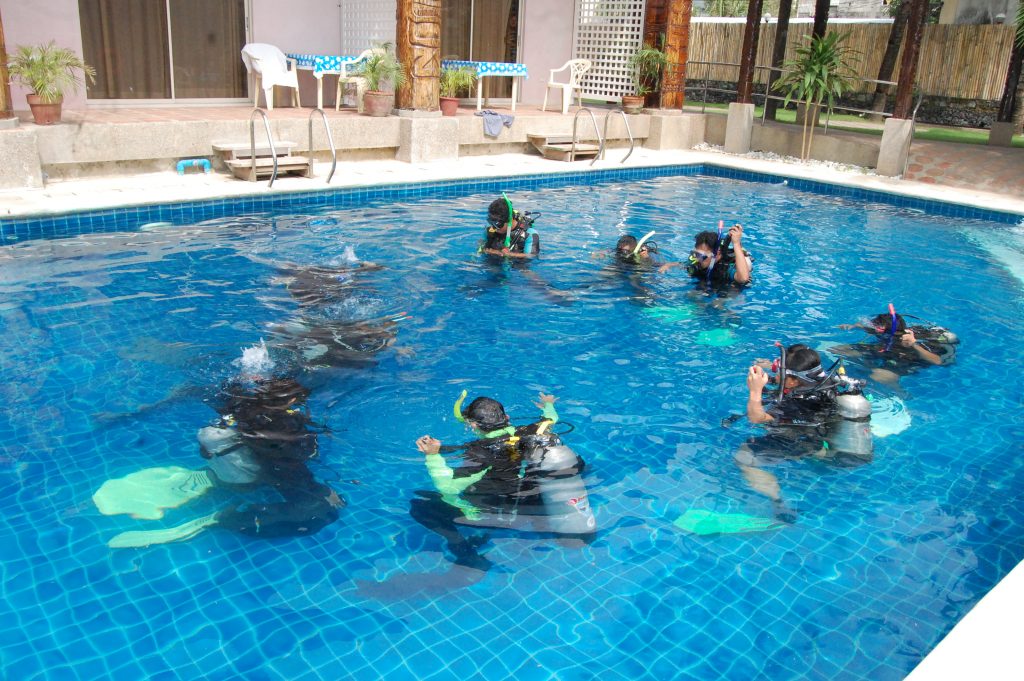
Many divers find that the guidelines for the Open Water Diver are sufficient for their diving. Many of the best diving in the world can be done by the OWD, and many divers do not expand beyond this level. Your dive training is divided into three methods.
- Academics: While this was originally called classroom training with the introduction of online learning the term academics is now more common. Scuba diving used to be considered a dangerous pastime. There was a time when life insurance policies had exclusions for coverage while diving. As the world learned more about the physics of pressure underwater and the impact on the human body, diving became a safer activity. While a mystery 50 years ago, the concepts are now straightforward enough that they can be understood by a ten-year-old.
- Confined Water Sessions. There are some physical skills you will need to learn. These are first taught and practiced in confined water. This could be a pool or off the shore of a place with calm shallow water. These skills include clearing your mask of water if there is a leak, recovering your regulator if you accidentally lose it, putting on and taking off your gear underwater, and others. You will be surprised how often a new diver has to recover their regulator. They open their mouth in awe of something they have seen. You will generally learn one set of skills in your first confine water session. You will practice them again in the second and following sessions and add some new ones. Generally, there are 5 confined water sessions, however, that does vary by agency. Also, in many cases, more than one session can be done in a day.
- Open Water Dives. Once you and your instructor are comfortable you can perform the skills you will advance to the Open Water Diver. There are four open water dives. The first dive will be similar to your first confined water dive. You will practice the same set of skills, however, you will likely be deeper and in a different type of environment. Much of the time for this dive will be honing your basic skills. You will likely have a few minutes following your instructor around. Often, your open water dives will be from a boat, so you will also learn a few different types of entries and basic boat procedures.
Your second dive will add the skills from your other confined water session. Again most of the time will be practice. The third and fourth dives will also start with a skills drill. However, by this time, these tasks are just about second nature and the drills will be over quickly. Most of the dive will be enjoying the dive under the watchful eye of your dive instructor.
Advanced Open Water Diver
The Open Water Diver can dive to 60 feet (ca. 18 m). To dive deeper than that you should have additional training. The most common path is to take an Advanced Open Water Diver course. An AOWD can dive to 100 feet (ca. 30 m). I will cover this topic in an additional article.
Discover Diving
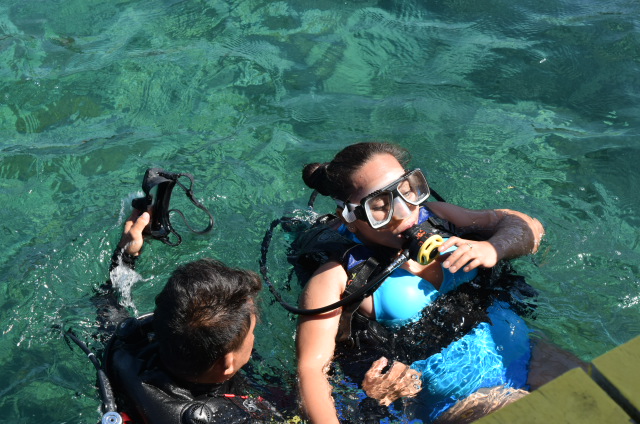
I am including the discover diving in this article to clarify a few points. This program goes by many names including try diving and resort diving. You will often see misleading advertisements saying this is a way to learn how to scuba dive. It is really just a means to experience scuba diving. The program is a half-day and is similar to the first segment of an Open Water Diver course. You will have some academics, practice a few skills in confined water, and in most cases do a shallow dive alongside an instructor. While some locations will allow you to do a second dive without the academics and confined water exercises, this is a one-time program.
If you are interested in learning how to scuba dive but are not sure if it is for you, this is a great option. One of the reasons this program was developed was to overcome uncertainty around the cost to learn how to scuba dive. The Open Water Diver course is expensive, and until these programs came out many did not want to risk the investment in something they are not sure they would want to do. As a bonus, many training centers will give you credit for the discover dive as the first session of your Open Water Diver Training.
Scuba Diver
We just discussed the Open Water Diver who is allowed to dive without a dive professional supervision. While not as common, there is another level in the ISO 24801 standard for a supervised diver. The ISO 24801-1 sometimes called level 1 diver can dive with a dive professional to a depth of 40 feet (ca. 12 m). This program is the first half of the Open Water Diver program. It requires the academics for the first two sessions and two confined water dives followed by two open water dives. This may be an option for someone who wants to learn how to scuba dive but, is short on funds or time. This certification can be upgraded by completing the remaining requirements for Open Water Diver.
Are You Ready to Learn How To Scuba Dive?
As I mention on my introduction page, It took me years okay decades before I finally became a scuba diver. Still, it has been a milestone in my life. It has also been a part of a number of life choices. Join us and learn how to scuba dive.

